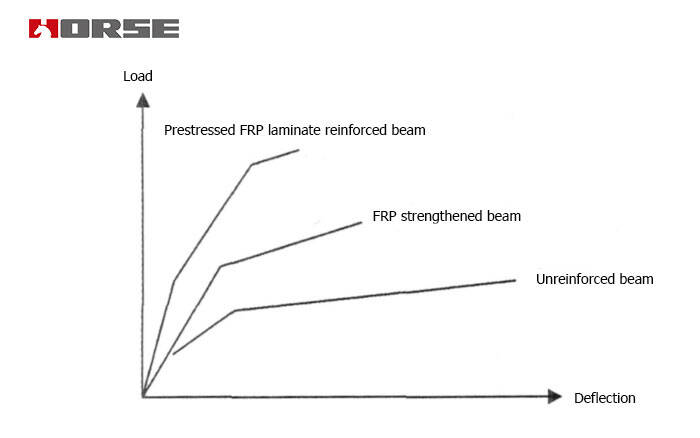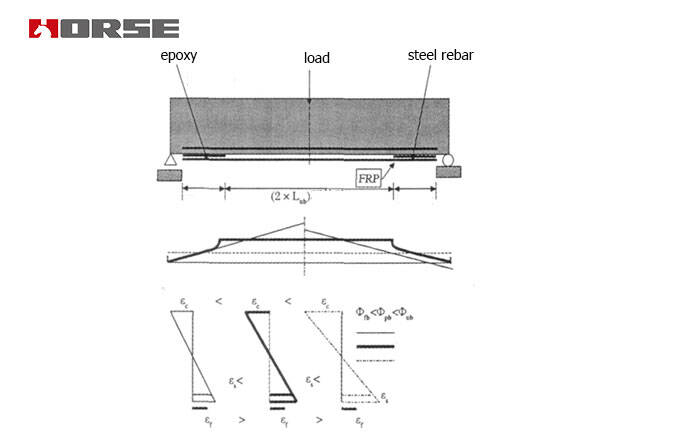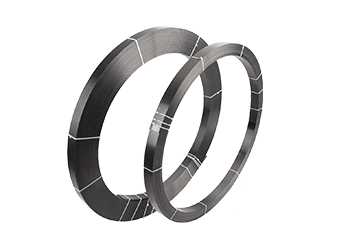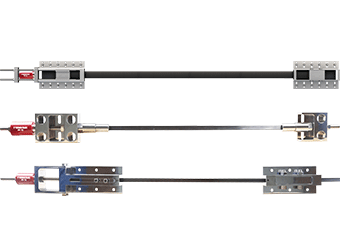Soluciones
La gama de negocios de construcción de caballos se extiende a todo el mundo y sirve a miles de clientes con productos, orientación técnica especializada en construcción, y somos testigos del reinicio de la marca china con ellos.
At present, it is very common to use carbon fiber reinforced polymer (CFRP) composite to reinforce bridges, especially when the structure is in corrosive environment, it is more suitable to use this kind of composite material to reinforce bridges.
Summary
Due to the influence of external environment and internal materials, concrete bridges will deteriorate over time. The deteriorated structure needs to be repaired in time to maintain its original function and extend its life span. Sometimes, due to poor design or improper construction, they also need to be strengthened to adapt to various environmental changes and load increases, so there are a variety of bridge reinforcement technology.
At present, it is very common to use carbon fiber reinforced polymer (CFRP) composite to reinforce bridges, especially when the structure is in corrosive environment, it is more suitable to use this kind of composite material to reinforce bridges. There are two methods for CFRP to reinforce bridges: one is to paste carbon cloth directly on the tensile surface of concrete; the other is called embedding method, which first opens a slot in the concrete protective layer, fills in epoxy resin, and then inserts carbon plate or carbon bar into it. These two methods are bonded together with reinforcement concrete. Carbon cloth (laminate) should be firmly adhered to concrete in a full range to avoid premature damage due to glue opening.
In recent years, prestressed FRP laminate has been used to reinforce bridges, which can maximize the bearing capacity and improve service performance.

Fig. 1 shows the load deflection curves of unreinforced beams, FRP strengthened beams and prestressed reinforced beams. It can be seen from the diagram that the ultimate bearing capacity of the beams strengthened with FRP is greatly improved, but their ductility is lower than that of the beams strengthened without FRP, especially the beams strengthened with prestressed FRP.
The reduction of ductility is worthy of serious consideration because it may lead to brittle failure without warning. Therefore, we should weigh the gains and losses when using FRP to reinforce concrete structures. Unfortunately, most colleagues only focus on improving the carrying capacity.
In recent years, engineers have begun to pay attention to such a problem: how to improve the ductility of the structure while improving its bearing capacity. It has been suggested that FRP is not bonded to the concrete surface at all, but is anchored mechanically. Others have proposed a method of sticking only the two ends and not the middle. It is recommended in this paper that only part of the section be bonded, and the test and analysis show that this method improves the ductility of the strengthened member.
Flexural properties of full length bonded reinforcement
It is the most commonly used method to paste carbon cloth on concrete surface. It can make two kinds of materials form a complete composite section, which is analyzed by the conventional deformation compatibility method. The process of section analysis is shown in Figure 2.

According to the principle of force balance, the required FRP area A, F B can be obtained. At this time, when the section is destroyed, the FRP will be broken and the concrete will be crushed at the same time. If the amount of FRP is too high, the concrete will be crushed first, namely brittle failure. In the above analysis, it is assumed that the original steel bar has yielded when the section is destroyed. This is the most common case because concrete Liang Daduo is a low bar design.
Flexural properties of partial length paste
Partial length pasting is the conscious pasting of a certain length of FRP, while the other part is not pasted with the concrete surface. For example, simply supported beams can not be pasted in mid span and only pasted near the ends of supports. The length of the paste should meet the tension requirements of FRP.
An extreme case is completely non bonding, anchoring only at the ends of FRP by mechanical means.


Figure 3 shows the stress distribution and strain patterns under three conditions: full-bonding, partial-bonding and non-bonding. The figure is assumed to be simply supported beams subjected to concentrated loads in the span. Fig. 3A shows the pre-yielding stage in which the FRP tensile stress in partially bonded (and completely non-bonded) steel bars is lower than that in fully bonded FRP bars. Fig. 3b is the stage of yielding after reinforcement. The stress of the steel bar has reached yield and the stress has not increased. If the load is continued, the stress of FRP will increase until the FRP stress is equal to that of full paste.
Improvement of ductility of reinforced components
In the reinforcement method of partial bonding, one section is separated from concrete, and no composite section is formed with the original structure, and there is no deformation compatibility condition. In order to achieve deformation coordination, the unbonded section of FRP must be elongated first until the elongation is equal to the concrete elongation at the same height. That is to say, the strain of FRP is equal to the average strain of concrete at the same height, which increases the deformation energy and improves the ductility of the structure.
Conclusion
(1) The analysis and calculation of the structure show that the ductility of the strengthened member is improved by partial bonding method, while the bearing capacity of the structure is increased.
(2) The test results show that the flexural ductility of the beams strengthened by partial bonding is obviously improved, but the phenomenon of premature opening of glue should be avoided.
(3) full paste reinforcement method reduces the ductility of structures and may cause brittle failure of structures.
Puede encontrar cualquier cosa que necesite, confíe en probar estos productos y encontrará la gran diferencia después de eso.

Tejido de fibra de carbono unidireccional de alta resistencia para refuerzo de compuesto de polímero reforzado con fibra (FRP).

Lámina de fibra de carbono pultruída para reforzamiento de estructuras

Placa / laminado / banda de polímero pretensado reforzado con fibra de carbono (CFRP) para la losa, refuerzo del haz